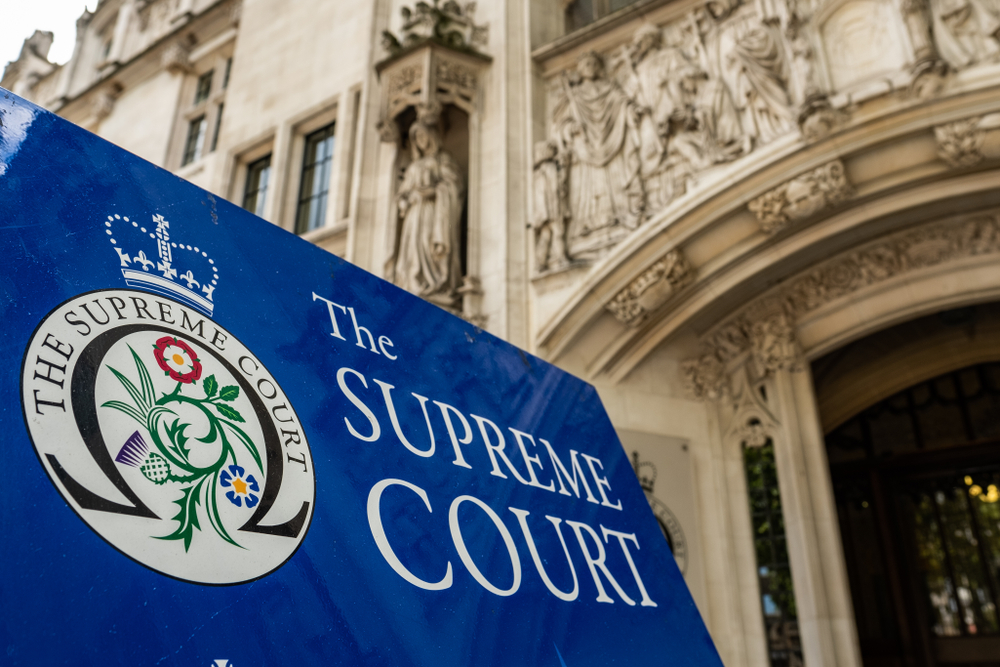New open reporting provisions came into force on 27 January 2025, applying in all family courts in England and Wales. This enables journalists and legal bloggers (“the press”) to report on what they see and hear while attending a family court. The President of the Family Division, Sir Andrew McFarlane, called it a “watershed moment for family justice”, the aim of which is to improve “public understanding and confidence” in the family courts. In this article, Leyla Aras reviews a case which tested the new framework.
Under the new provisions, a member of the press still requires a judge’s permission to report on what they observe during a court hearing, including the content of certain court documents. The judge will issue a transparency order that outlines the rules governing what can and cannot be reported on a case-by-case basis. This usually contains provisions regarding anonymisation to keep private any sensitive information, particularly regarding any children of the family.
Case study
In the recent case of RC v FP [2025] EWFC 123, following the cessation of private law children proceedings between a mother and father, Nicholas Allen KC (Sitting as a Deputy High Court Judge) was asked to consider two applications:
- the father’s application to extend the previously granted transparency order until the child’s eighteenth birthday, and
- an application made by the BBC and a legal reporter (“the media”) to allow them to report on the identities and details of the case, as well as the contents of all documents in the proceedings.
The mother did not make her own application, but she opposed the father’s on the basis that she should be able to tell her story publicly and identify herself and the child as victims of domestic abuse.
The father argued that there would be potential harm to the child if the media’s application were successful and the transparency order were lifted. In contrast, the media argued there was a strong public interest in reporting the case to advance public understanding of domestic abuse. Therefore, they should be permitted to do so without anonymising the parties’ personal information.
The court was required to undertake a balancing exercise to assess the parties’ and the child’s rights to privacy and family life under Article 8 of the European Convention on Human Rights, the Article 10 right of the media to freedom of expression and the mother’s rights under Articles 8 and 10 to tell her story.
In other words, a parallel analysis was required of both rights individually, accounting for the justifications in this case for interfering with these rights. In applying the ultimate balancing test of the two rights, the court was required to measure the impact on the child of what was being proposed.
Put simply, the court needed to ascertain whether the child’s best interests made it necessary and proportionate to impose those restrictions on the Article 8 and 10 rights relied on by the media and the mother.
The court’s conclusions
While the court acknowledged that the interest in open justice is a factor to be afforded great weight, it said it was important to assess the value of reporting in a specific case, and in this case, the role of the court had been limited.
The court assessed the potential impact on the child of allowing the media’s application. In doing so, the court confirmed that the scope of a child’s private life is wide and encompasses not only the narrow concept of personal freedom from intrusion, but psychological and physical integrity, personal development, physical and social identity and the development of social relationships.
The court found that the reporting regime under the transparency order represented the appropriate balance between transparency and the child’s privacy interests. The court determined that there were obvious and serious risks to the child’s welfare from relaxing reporting restrictions in connection with the proceedings, and the public interest in reporting this case did not outweigh the risk to the child.
The transparency order permitted the mother to discuss the case publicly, provided she did so anonymously. She was already able to tell the story of her experiences with the father without referencing the proceedings. The media were able to continue reporting in accordance with the transparency order, while maintaining the anonymity of the parties and the child.
Comment
Partner Toby Atkinson comments:
“The introduction of open reporting in family courts marks a pivotal shift towards greater transparency, but as the RC v FP case illustrates, this must be carefully balanced against the fundamental rights of children and families. The court’s decision reinforces that while public understanding of domestic abuse and family justice is vital, it cannot come at the expense of a child’s welfare.”
Find out more
You can find further information regarding our expertise, experience and team on our Divorce and Family pages.








